MAry
A Musical Comedy in Two Acts
Music by Louis Hirsch
Book and Lyrics by Otto Harbach and Frank Mandel
CAST OF CHARACTERS
Mary, Secretary to Mrs. Keene – Ingenue Soprano
Mrs. Keene, Middle-aged Widow of means – Character Contralto
Madeline, A wealthy young widow – Singing and Dancing Soubrette
Jack Keene, A young architect – Juvenile Lead, Baritone
Tom Boyd, Friend of Jack’s – Singing and Dancing Juvenile, Baritone
Gaston Marceau, A French Friend of Jack’s – Comedy Lead, French Dialect
Mr. Goddard, Manager of Mrs. Keene’s estate – Old Character Businessman
Huggins, a butler – Speaking Role
Dancing Specialties
Female and Male Singing and Dancing Chorus
SYNOPSIS OF SCENES
Act I. Reception Hall in the Long Island home of Mrs. Keene. A Night in January.
Act II. An Exterior of Mrs. Keene’s Home The garden. An afternoon in June.
Time: Present (1920).
Argument
Jack Keene, a young architect is seated at a table modeling a small house to cost a special price suitable to meet the purse of people with limited income. Mary, his mother’s secretary, enters and inquires about his work in which she is interested. She is on her way to the library to leave some favors she has bought for a dance. Mrs. Keene, Jack’s mother and Madeline Francis come on the scene which breaks up the meeting between Jack and Mary. Madeline inquires about his intimacy with Mary and why he is so friendly with her. As Mary returns to the room, Jack introduces Mary to Madeline who cast her with a look and suggests Mary finish the favors upstairs. Mary runs upstairs followed by Jack who wants to help her which causes Madeline to rage with jealous anger.
Tom Boyd enters and she permits him to make love to her. Jack comes downstairs in time to see Tom kiss her, whereupon she makes love to him and in caressing him is seen by Marceau, a Parisian friend, who congratulates him as Madeline runs away laughing.
Marceau hears of the wealth of Mrs. Keene, Jack’s mother and courts her favo, but the arrival of Mr. Goddard, her estate manager, upsets the interview. He tells Jack the Keene Trust Company is bankrupt, but he may be able to save $60,000 out of the financial wreck and suggests to Mrs. Keene, to retrieve their loss, Jack should marry money. But Jack desires a career and wants to build small homes in which Mary helps him with suggestions, so Jack packs up and goes to Kansas to build his model houses. Nothing is heard of him for months and then the prodigal returns home with money. He invested in sixty acres of oil land instead of model houses.
Marceau also receives good news in a telegram that his uncle died in Paris and left him all his property. Mrs. Keene accepts his proposal and desires to publicly announce their engagement. Mary determines to seek another position and is leaving Mrs. Keene’s home when Jack sees her and proposes to her, and their engagement follows. Madeline jollies Tom Boyd into a marriage and the story ends with everyone happily mated as the curtain falls.
History
MARY was one of the most successful and famous musical comedies of the 1920s. The show’s masterful score by Louis Hirsch contains the song hit "The Love Nest," which was later used as the theme song for the George Burns and Gracie Allen Show on radio and Television. The book and lyrics are by Otto Harbach who also penned such successes as No, No, Nanette, The Desert Song and Roberta. George M. Cohan, “the father of American Musical Comedy”, produced the original production which ran on Broadway for 220 performances and had, at one time, 4 separate road companies touring the country.
The New York Times: Mary is a whirlwind. Louis Hirsch has written a consistently tuneful score… studded with hummable melodies. Mary is the fastest musical comedy in town.
Orchestration
Flute 1
Flute 2 (doubles Piccolo)
Oboe
Clarinet 1 (in B-flat and A)
Clarinet 2 (in B-flat and A)
Bassoon
Horn
Trumpet 1
Trumpet 2
Trombone
Percussion (1 Player: Timpani, Chimes, Bells, Xylophone, Drum Set [Snare Drum, Bass Drum with pedal cymbal attachment or hi-hat, Suspended Cymbal, China Cymbal], Gong, Triangle, Cowbell, Woodblock)
Violin (1st Desk)
Violin (2nd Desk)
Violin (3rd Desk)
Viola 1
Viola 2
Cello
Bass
Harp




